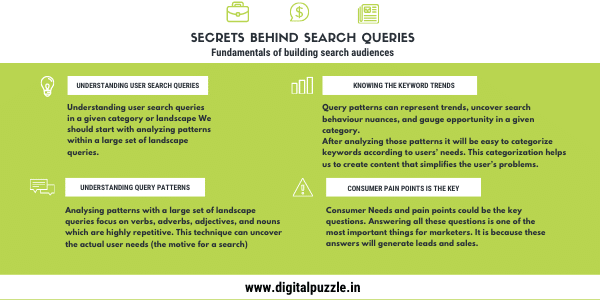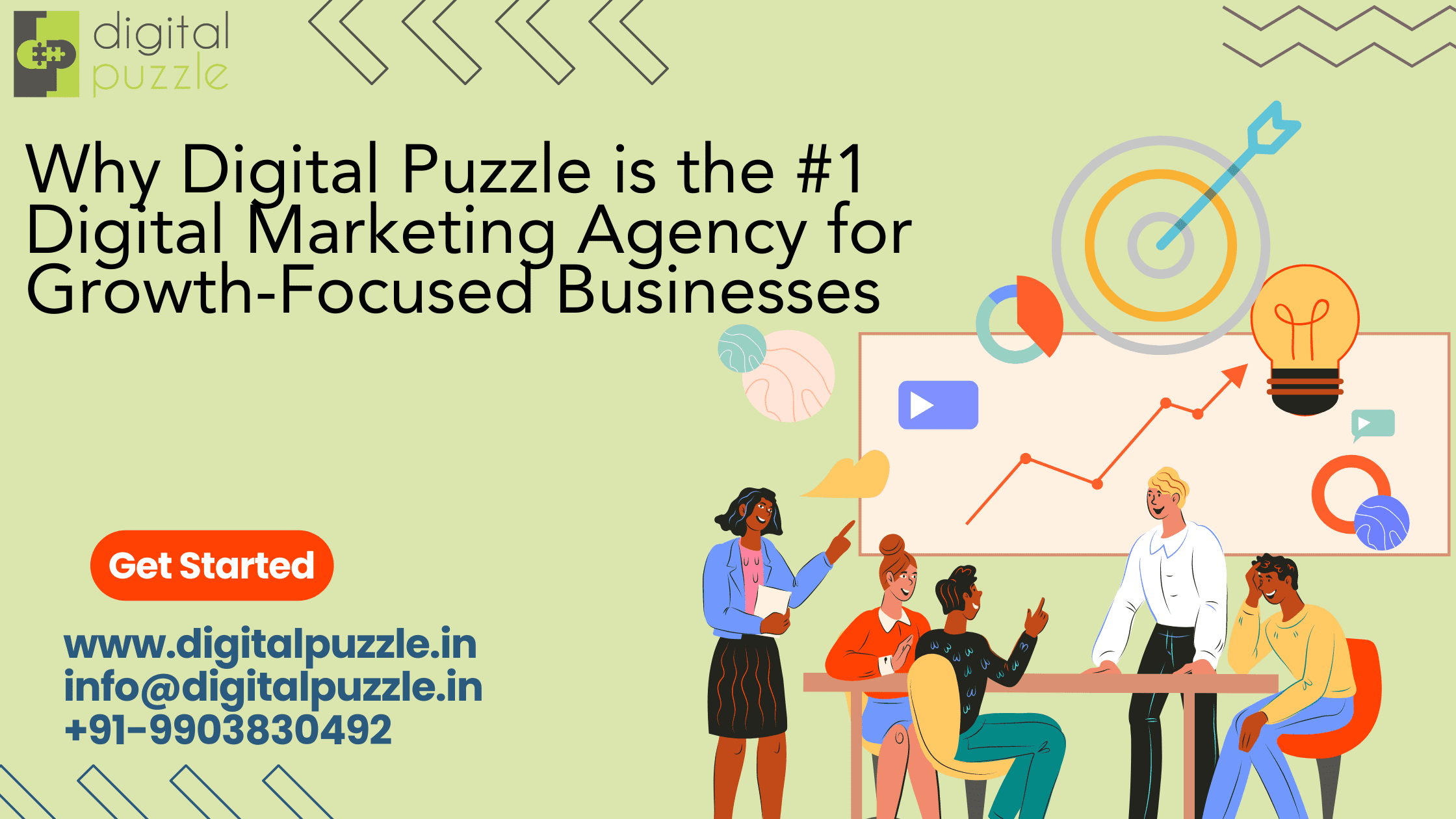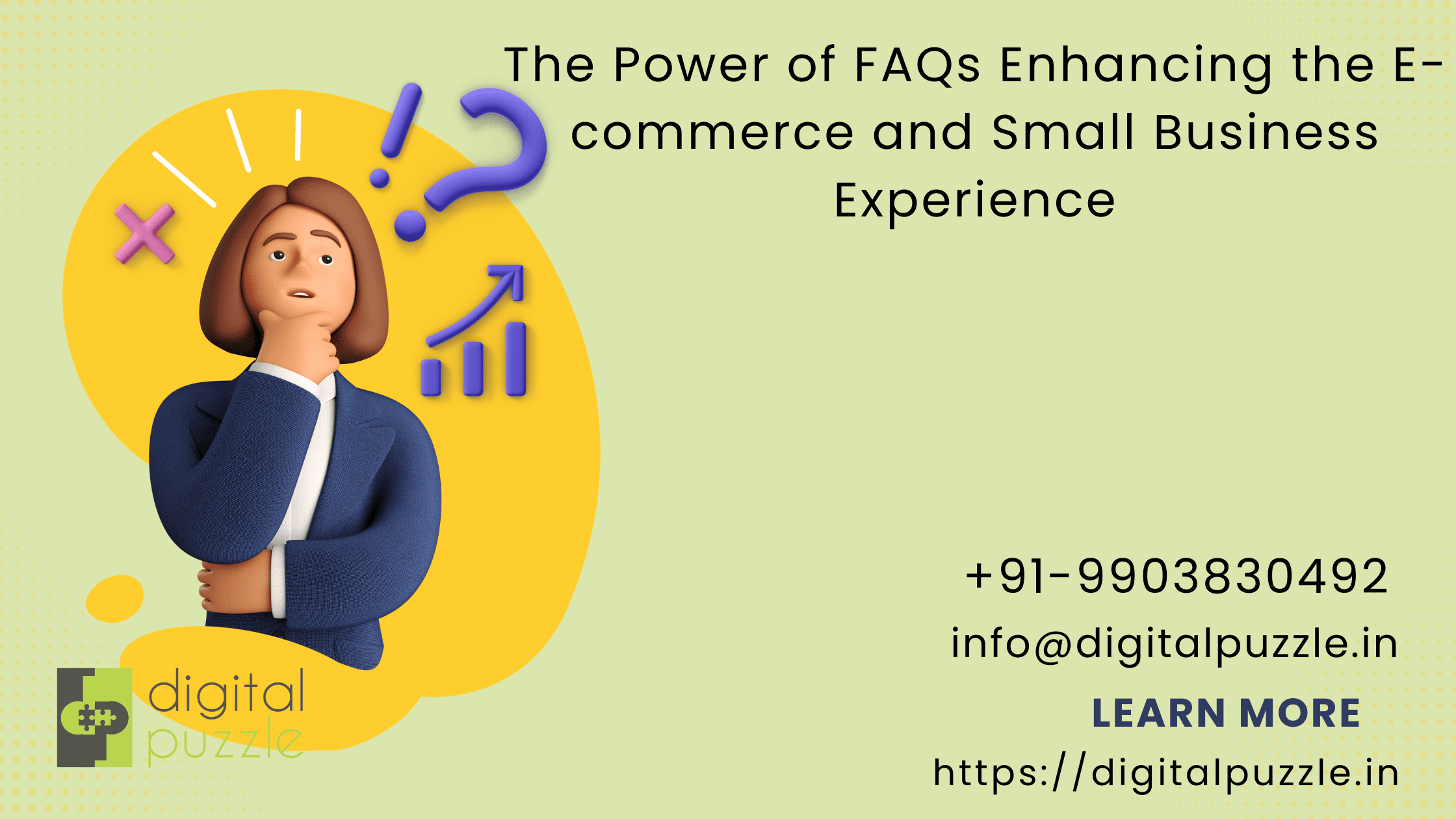blog

To target an audience, it is very important to understand audience search intent. To understand this, first, you have to build an idea of the audience. In traditional marketing terms, an audience is a set of potential buyers. Whereas in digital marketing, the definition of an audience is a bit different. Here we use demographics, age, and interest to create a buyer’s personas. This helps us to sell a product or service through the internet.
In terms of Search Engine Optimization, sometimes we come across the problem of not getting access to the actual data of traffic behaviour on your site. What is the solution to this?
Behind every search, there is a user who needs something or someone that can fix their problems. Being a search expert, we have to point out those and make an advertising strategy. These strategies help users in solving their problems.
Let’s see an example:
If a person is using a keyword like “Herbal medicine for weight loss” then he must be willing to get a list of herbal products like this.
But if you don’t sell herbal products for weight loss then the keyword “Herbal medicine for weight loss” may not be a good choice for your business.
Basically, the search engine acts as a barrier between the user and the websites. Every user must go through the search engine for their desired search results. Every site has to pass through the search engine to show up on the SERP (Search Engine Result Page).
Luckily, data provided by search engines can be a gold mine for search audience research. So as an SEO professional, we should know how to break down that barrier and understand our user’s needs.
Here are the solutions
- Secrets behind search queries
- Understanding search intent & Leveraging it
- On-site behaviour analysis
Secrets behind search queries
According to Kacie Gaudiose (SEO Content Strategy Lead Merkle Inc.) ” As we learn from our search data, we can start to form keyword insights. Keyword insights are more than just buckets of related keywords; they are the motivations behind the searches. Our long-tail queries illuminate critical user needs and pain-points they may be experiencing in any given query landscape.”
This kind of critical user needs and pain points could be the key questions. Answering all these questions is one of the most important things for marketers. It is because these answers will generate leads and sales.
In a nutshell, by evaluating landscape query patterns we will be able to do organic search market research to form consumer insights.
Here is an example of query patterns derived from consumer needs
Example of Query Patterns
[Image credit: Search Engine Journal https://www.searchenginejournal.com/search-audiences-user-intent-seo-secret-weapon/354696/]
Key takeaways:
1. Understanding search intent & leveraging it:
Understanding the intent behind the search query helps us to find out in which part of the consumer funnel the searcher is. If he or she is in the awareness phase we might try to bring them into the consideration phase. After consideration surely marketers would try to convert that potential customer into a customer. That’s how the whole sales funnel works.
By evaluating each keyword and page of your competitors we will be able to understand how they are engaging with consumers. By understanding consumer behaviour patterns with your competitor you will be able to optimize on-page content according to consumer’s psychology.
Using infographics, presentations and visual art is the best content strategy for content marketing.
Key takeaways:
2. Onsite behavior analysis:
On-site behavior is one of the most important factors to understand buyers’ journey.
From google search to jump into a website in which a user has many touch points that can uncover why a site is not performing.
If your analytical data is showing a high bounce rate (more than 40%) it means your content is not fulfilling. The audience’s needs or your website must be slow. This is the reason why users are getting distracted and exiting your site.
In today’s busy world, no one will read the boring sales pitch. This is the reason why digital marketers are now using visual representations to hook up their audiences.
The moral of the story is that to achieve success then content marketing is the only way to attract your audiences. It brings them into your sales funnel.
Key takeaways:
Simplifying the Search Engine Barrier:
As searches are getting personalized so our strategies should too. As digital marketers, we don’t always have reliable demographical data to make strategies. But we do have an immense amount of search data. After analyzing this data, we can easily figure out what consumers are actively searching for. We should know their pain points to make it easy for us to tailor personalized content for audiences.
By understanding the audience better, we can
Create personalize and effective content
Communicate better with the audience & encourage them to take actions
At the end drive more ROI (Return Over Interest)
Conclusion:
An experienced digital marketer very well knows that similar strategies do not apply to different products or services. That’s why marketers should work proactively with their team to figure out their preferred audience. They also develop content according to their needs and bring them into the sales funnel ( Sales funnel= Awareness→Engagement→Actions) and that’s how agencies generate ROI.
Here are three simple steps:
(Image Credit: SEJ (Search Engine Journal)https://www.searchenginejournal.com/search-audiences-user-intent-seo-secret-weapon/354696/






Comments